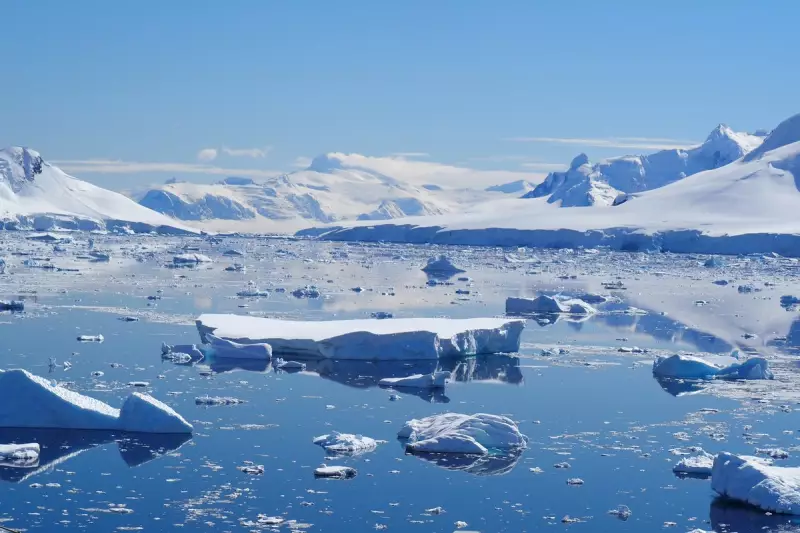
Groundbreaking research has unveiled the complex global consequences of Antarctic ice melt, revealing that sea level rise will vary dramatically across the world, with some regions facing increases of up to 10 feet (over 3 meters) by 2200 under a high emissions scenario.
The Gravity of Melting Ice
Conducted by scientists Shaina Sadai and Ambarish Karmalkar, the study, published in November 2025, combined sophisticated computer models of the Antarctic ice sheet, solid Earth, and global climate. The research highlights that the fate of Antarctica's vast ice, which holds enough frozen water to raise global sea levels by approximately 190 feet (58 meters), is directly tied to future greenhouse gas emissions.
Contrary to the idea of sea levels rising uniformly like water in a bathtub, the study explains that the immense mass of ice sheets creates a gravitational pull on surrounding ocean water. As the ice melts and this pull weakens, sea levels can actually fall near Antarctica while rising significantly farther away in ocean basins like the Indian, Pacific, and western Atlantic.
Future Scenarios: From Inches to Feet
The research presents starkly different outcomes based on humanity's emissions path. In a moderate scenario where global warming is kept below 2°C, Antarctic melt would contribute an average of 4 inches (0.1 meters) to sea level rise by 2100. However, by 2200, this figure jumps to over 3.3 feet (1 meter) from Antarctic melt alone.
Under a high-emissions future, the projections are far more severe. The average sea-level rise from Antarctic melting would reach about 1 foot (0.3 meters) by 2100 and a staggering close to 10 feet (more than 3 meters) by 2200. The study notes that while current emissions trends make this worst-case scenario unlikely, it serves as a critical warning.
Global Impacts and Climate Justice
The regional disparities in sea-level rise carry profound implications. The research found that the highest sea-level rise from Antarctic ice melt occurs in the Indian, Pacific, and western Atlantic ocean basins.
This threatens low-lying island nations such as Jamaica, the Marshall Islands, Micronesia, and Palau—communities that have contributed minimally to climate change but are already experiencing its devastating effects. The study underscores a pressing issue of climate justice, as these nations are at the forefront of losing land and livelihoods to rising seas.
The research also identified two factors that can temporarily slow the rate of melting: the rebound of the bedrock after the ice's weight lifts, which can isolate parts of the ice sheet from warmer waters, and the cooling effect of meltwater on ocean surfaces, which can trap heat in the deep ocean.
Ultimately, the scientists conclude that the most effective way to protect coastal and island communities worldwide is through the rapid reduction of greenhouse gas emissions, going beyond current international commitments to secure a stable future.





